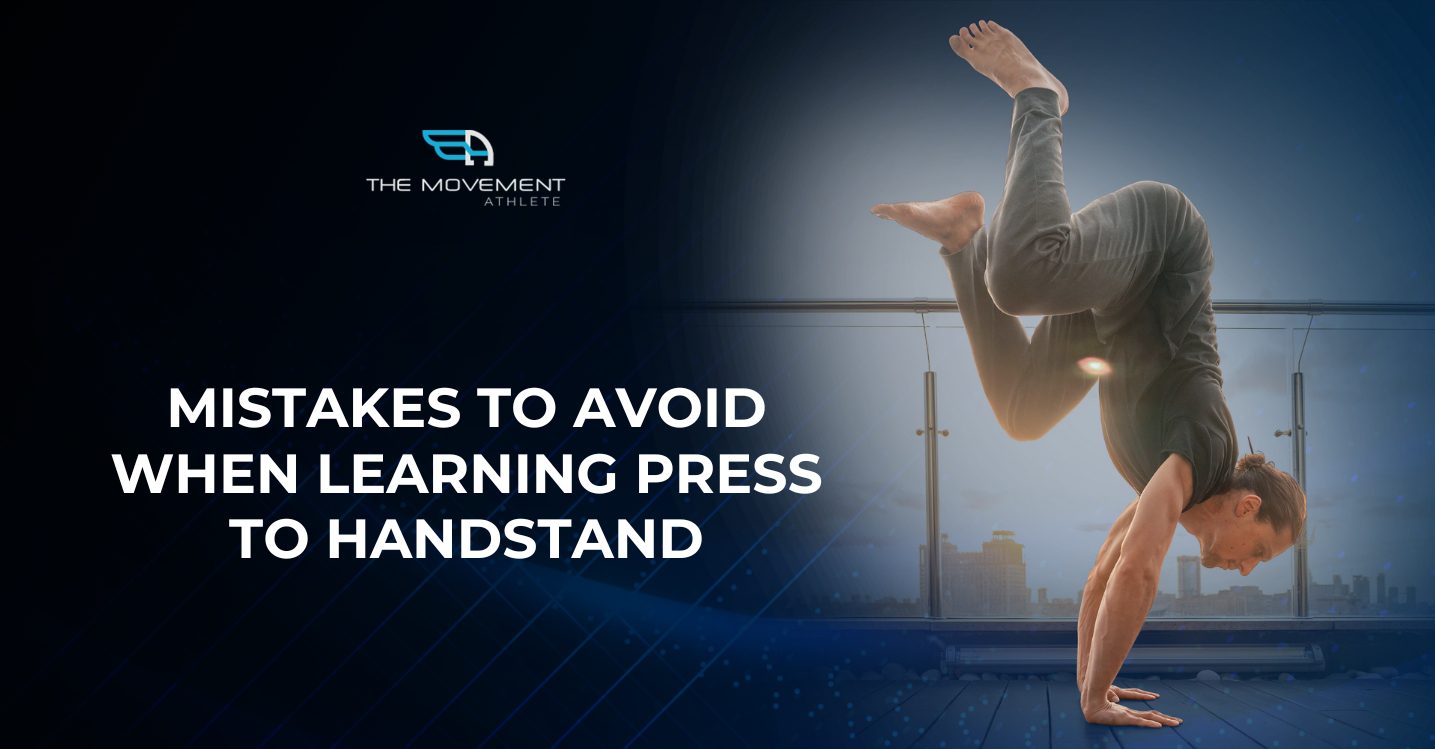
Join the tribe of Movement & Calisthenics Athletes – people just like you that are working with their own body weight to get strength, lose fat build muscle, recover from injuries and live their best lives!
Are you struggling with that elusive handstand?🤸😲
We can help!
Let’s break it down and identify the four common causes of this difficulty:
- 👎 poor coordination
- 👎 weak hip compression or pelvic control
- 👎 an inability to lean into your shoulders properly
- 👎 and not waiting long enough before attempting to open up your hips.
These mistakes might be stopping you from learning the skill. It can either be one of them or a combination of the mistakes. But once, we address them, we’ll have you pressing away in no time!
📍Mistake 1: Lack of coordination
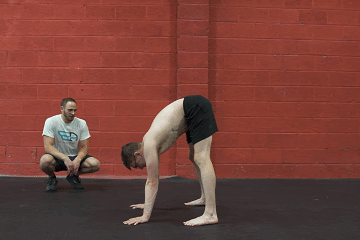
👉To build an awesome press handstand, coordination is key! We need to train the muscles for which ones should fire and what pathway your legs should take.
Let’s look closer at why this matters so we can avoid any uncoordinated Press Handstands – because when our pathways are not ingrained in us and core is loose, it will break down the whole movement.
Press to handstand is not as simple as push-ups. At the start of the movement, we’re already working against gravity and we need to shift our weight into our arms while positioning our legs and hips.
A good way to start the training is to first work on the prerequisites as mentioned in the first section 📍How to Press to Handstand – Technique & Prerequisites then work on the supine pike.
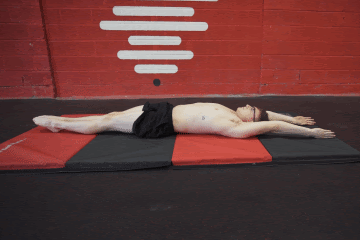
The supine pike is like a press to handstand eccentric but removes the hand balancing and strength element so you can get a feel of the movement pathway. It will work your core and lower body which is often overlooked when training for press to handstands.
Get comfortable with this movement then you can work on with the next progressions of the skill.
🔎Learn the complete progression here: 📍Detailed Press to Handstand steps: Progression Guide
📍Mistake 2: Lack of hip compression
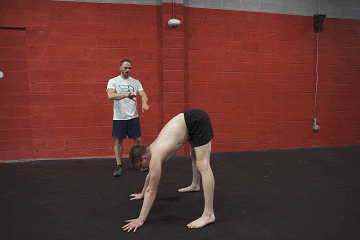
To get the perfect press handstand, having good hip compression is essential. This means being able to fold your body in half with your torso and upper leg as close together as possible for optimized weight distribution for achieving balance.💯
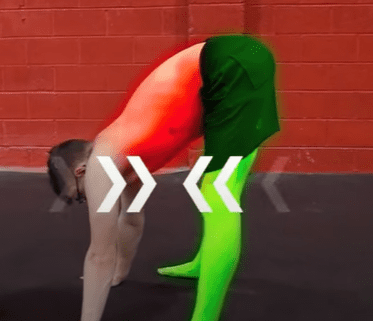
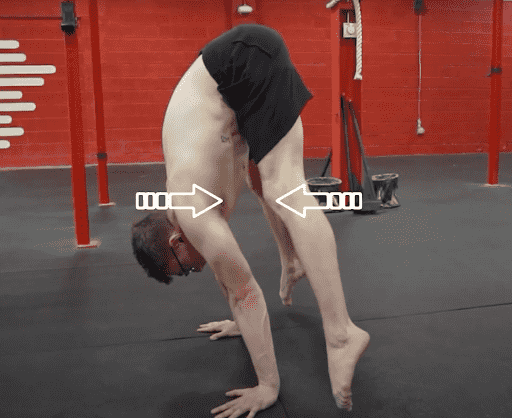
When there’s a lack of decompression however — meaning less flexibility from hamstrings or strength from hip flexors (like in the image below) — then it becomes much harder to hold the pose!🏆
There will be too much weight behind your hands which isn’t optimal to achieve the balance. Remember that you need to place your hips on top of your hands to make your feet float. In this position, your center of gravity will be too far at the back which should be placed above your hands.
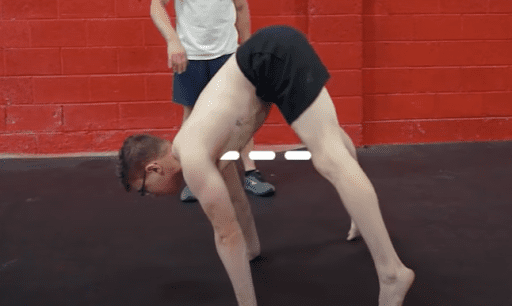
It is still possible to perform the press with this technique. However, You will need to compensate for your lack of compression with brute strength.
You will be getting a “planche-like” press to handstand which means you need a greater forward lean and more brute strength.💪 It’s far more difficult compared to having enough compression.
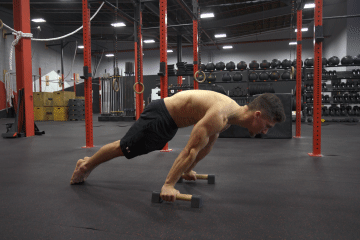
Plus, if you’re not aiming to perform a planche press like in the video above, then you’re press to handstand isn’t going to look so good.
So make sure you’ve got that perfectly compressed position nailed down if you really want a picture-perfect press handstand!
Work on your mobility using these exercises: 📍Best Mobility Exercises for Press to Handstand
📍Mistake 3: Not leaning forward enough
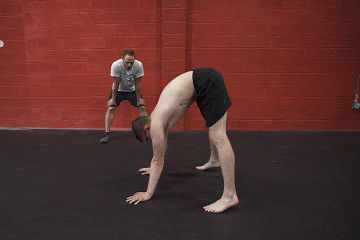
👀Let’s take a look at this issue together. Your shoulder strength might be the reason why your balance is off when you attempt to press into handstand – it looks like there isn’t enough counter-balance behind the hands and that could simply be because those shoulders are having trouble withstanding even a moderate forward lean.
If you 👎 don’t lean forward far enough, your weight will be on your legs and you won’t be able to make it flow. You need to counter-balance it by leaning forward.
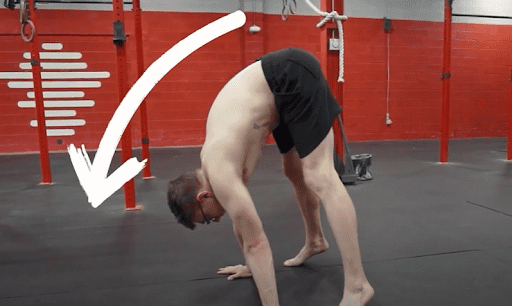
Take action towards an impressive press handstand by focusing on your shoulder strength. By leaning forward with intent and counterbalancing our weight, we can ensure adequate balance for the move.🎯
This move, compared to a regular straight-arm handstand, is more taxing because our shoulders are weaker in this shoulder angle. We need to train specifically for this move through press to handstand progressions like the straddle walks.
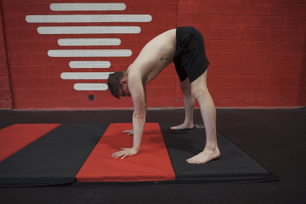
It also helps to target the involved muscles with general strengthening exercises such as the pike push-ups and wall handstand push-ups. Get those working volume to build muscle. Research shows that bigger muscles can open the potential for stronger muscles.💪
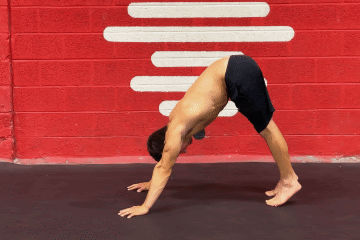
Pay attention to how it feels when you lean in further – that feeling is success! Utilize those strong shoulders of yours to help make achieving a successful press handstand possible today.👊
📍Mistake 4: Opening the hips too soon

When an athlete moves too early and opens their hips, it can throw the timing off. If they close the legs too soon or if there isn’t enough hip compression, then weight distribution is compromised as well.
To illustrate this mistake in action let’s watch: when he starts compressed but his hips open up too quickly – leaving him unbalanced at press into handstand didn’t work out!🥺
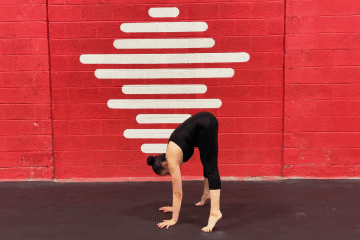
Work on your timing by first focusing on the forward lean, then positioning your hips on top of your hands before opening your hips and straddle.
Get the feeling of weightlessness on your legs first before opening your hips. You will feel this if you go through the motions mentioned above. You shouldn’t force the timing.😱
These mistakes (such as timing and lack of compression) are interrelated so be sure to keep your form tight while you practice your press to handstand.
📍Mistake 5: Bent arms
The final mistake we’re going to talk about is training with bent arms.🤕
The bent-arm handstand is a separate skill. It can also help with your press to handstand training. However, if you want to learn the straight-arm press to handstand, you need to train it with straight-arms.
If you’re trying to straighten the arm, but it just bends when you lean forward, then you just probably need to do more work with your straight-arm pressing.
It’s not easy especially since we are more used to movements with elbow flexion. However, our bodies can adapt to straight-arm training overtime.
Train for specificity.🤛
📌Takeaway
Mistakes are part of training. 😢
But if we continue to do them and don’t learn from them, we won’t progress and can do more harm in the future.
Press to handstand is not just a combination of brute strength and mobility. It’s a skill that also requires coordination, timing, and control, which are easy to mess up when first learning.
☝️Fix your mistakes as early as possible so you can create good habits right from the start.
📍 Best press to handstand progressions